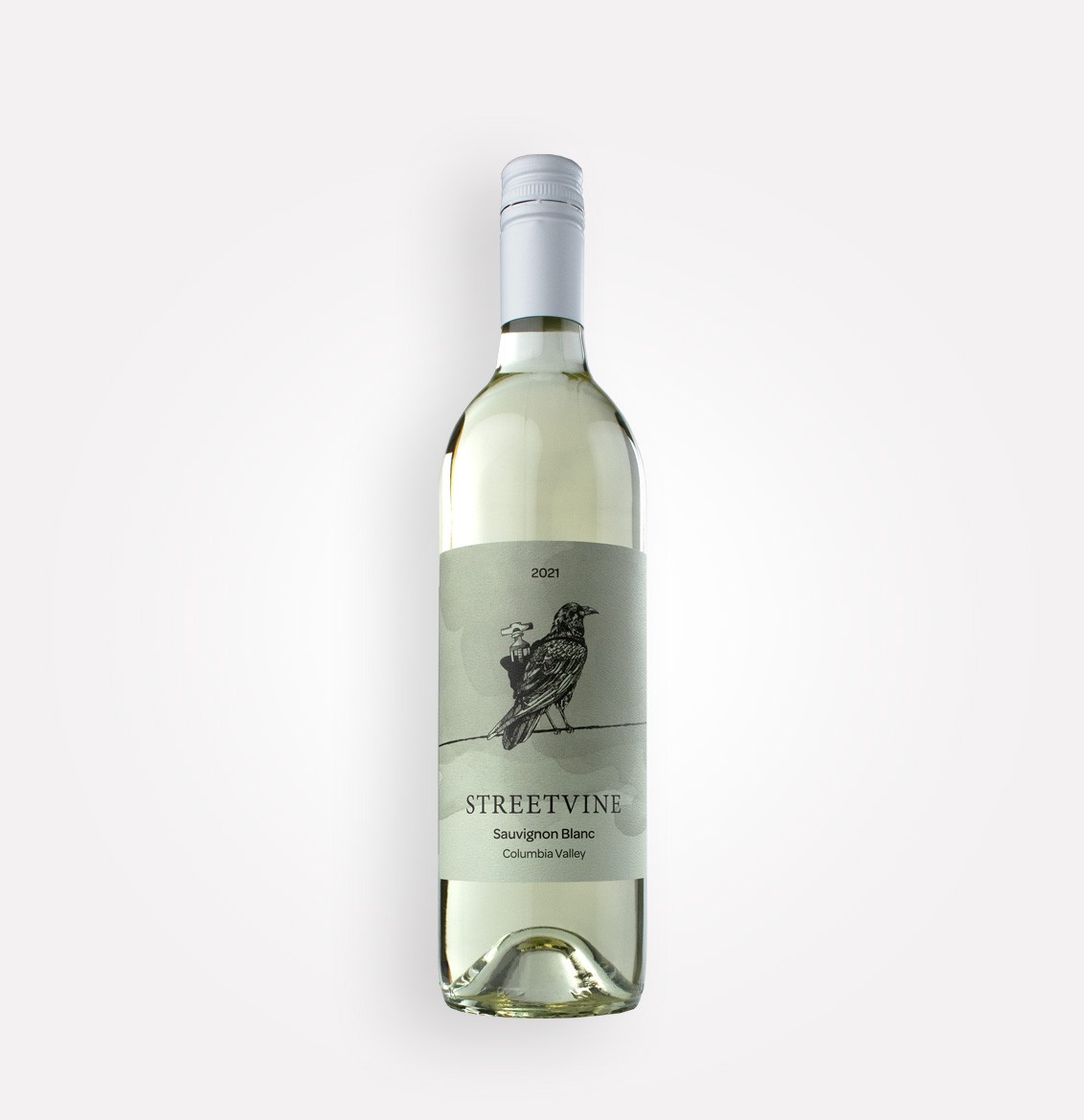A visit to Oregon has more than wine
It is no secret that many of the world’s most compelling wine areas are in places with stunning natural beauty. This is true more than ever in the coastal areas of the western United States, notably Oregon wine country. Tucked in between well-known California to the south and red wine powerhouse Washington to the north, Oregon’s vibrant farming and winemaking communities deliver some of the finest Pinot Noir wines in the world. Wine lovers who make the trek to taste these vinous wonders can play along its 360 miles of Pacific Ocean shore, hike the Coast or Cascade Mountain ranges in the west, and even traverse high desert to the east. Overwhelmed by the options? It might be time to slip in some goat yoga with your wine touring.
A glimpse at terroir
All that fun exploring topography is a good introduction to the great wines you will find here, the terroir. Terroir is the French term used to describe the natural environment, including soil, topography, climate, and human interaction that results in a wine that captures the essence of the place. Wine Educator Tanya Morning Star noted that terroir is like a fingerprint for an area.
Oregon’s punchy and still active geology has left a bevy of charms, including soils derived from marine sedimentary rock, volcanic processes, and wind-blown loess, to name a few. The origin of soil affects the availability of nutrients and water and is an important factor in the taste profile of wines grown on them.
The forecast is for cool and sunny
The overall Oregon climate is cool with warm, dry summers and cold, wet winters. Vines in Oregon benefit from cooling winds off the Pacific Ocean that flow through gaps in the Coast Mountain Range to moderate summer heat that can be locally intense. The mountains also help protect vineyards from the extremely cold winds that can come from the Pacific. The result is a prolonged growing season that allows grape flavors and acids to stay in balance.
A second cooling factor in many locations is the ability to grow vines at a higher elevation that escape the heat of lower slopes and valley floor locations. Oregon, then, is a center for cool climate viticulture, especially in the Willamette Valley, where 68% of the vineyards are planted.
While the climate is similar to Bourgogne, Oregon vineyards benefit from their northern latitude and enjoy 15 hours of sunlight per day in the summer. Combined with those Pacific winds, vineyards experience a sizeable diurnal shift with daytime temperatures cooling 30 to 40 degrees overnight. The combination of lengthy growing days that favor development of ripe, rich, concentrated, and complex fruit flavors with cool overnight conditions that maintain a bright acidity make Oregon wines expressive of vintage, food-friendly, and noted for their ability to age.
The very essence of place
The many combinations of soils, elevations, and cool winds allow Oregon to produce a wide array of unique and quality wines across its 22 American Viticultural Areas (AVAs). An AVA is “a designated wine grape-growing region in the United States that is distinguishable by its geography.” The Willamette Valley and its nested AVAS in the north comprise the largest growing area in the state and are most notable for Oregon’s signature grape, Pinot Noir. In addition, there are shared AVAs with Washington along the Columbia River and eastward to the Blue Mountains of Walla Walla. There’s even a shared AVA with Idaho’s wine country to the east.
Oregon is not just a one-shot Pinot Noir wonder, though. Eighty different varietals are grown in AVA-designated vineyards that stretch from the Washington border on the north to the California border on the south. Chardonnay, Pinot Noir’s favorite compatriot from Bourgogne, is gaining considerable notoriety in the north while Syrah is at home in both the north and south. If you’re leaning towards Pinot Gris, Gewurtztraminer, Tempranillo, or even Cabernet Sauvignon, buckle that seat belt and promise the designated driver you’ll swap tomorrow (Bwwwhahahahahahah!).
That special something
Perhaps unique to Oregon, there is a history of environmental stewardship and sustainable winegrowing practices protecting not only the vineyards but forests, grasslands, and watersheds. Winegrowing areas thrive as part of small and independent agricultural industries that include legendary Oregon hazelnuts, berries, tree fruits, Christmas trees, and grass seed.
While Oregon enjoys diverse terroirs seemingly made for wine, perhaps its most significant asset is the dedication of the growers and winemakers who call it home. Small AVAS, small production, creativity, curiosity, and a dedication to quality make Oregon a wine lover’s dream come true.
Yummy bonus: Try these recipes with your Oregon wines
There’s so many things to love about Oregon Pinot Noir, and we have a few recipes to get you started. So celebrate the home of Pinot Noir and savor the rich umami of French Onion Soup with a Willamette Valley Pinot Noir.
For a great weeknight meal or leisurely weekend lunch, try Sunshine Pasta Salad with another Bourgogne star on the rise in Oregon, a rich yet crisp Chardonnay.
If your taste buds are berserk now, check our Food and Wine pairings for more options!
(Information courtesy of the Oregon Wine Board)
Learn more about Oregon wines
10 things we love about Oregon wine country
We’re enjoying Oregon sparkling wine
Oregon Chardonnay’s engaging styles
Guide to cool climate viticulture
Let them drink Oregon Pinot Noir!
Delight is in the details – Northern Oregon terroir
Delight is in the details – Southern Oregon terroir
Delight is in the details – Oregon terroir on the edges
Perspectives on Oregon and Bourgogne wines




